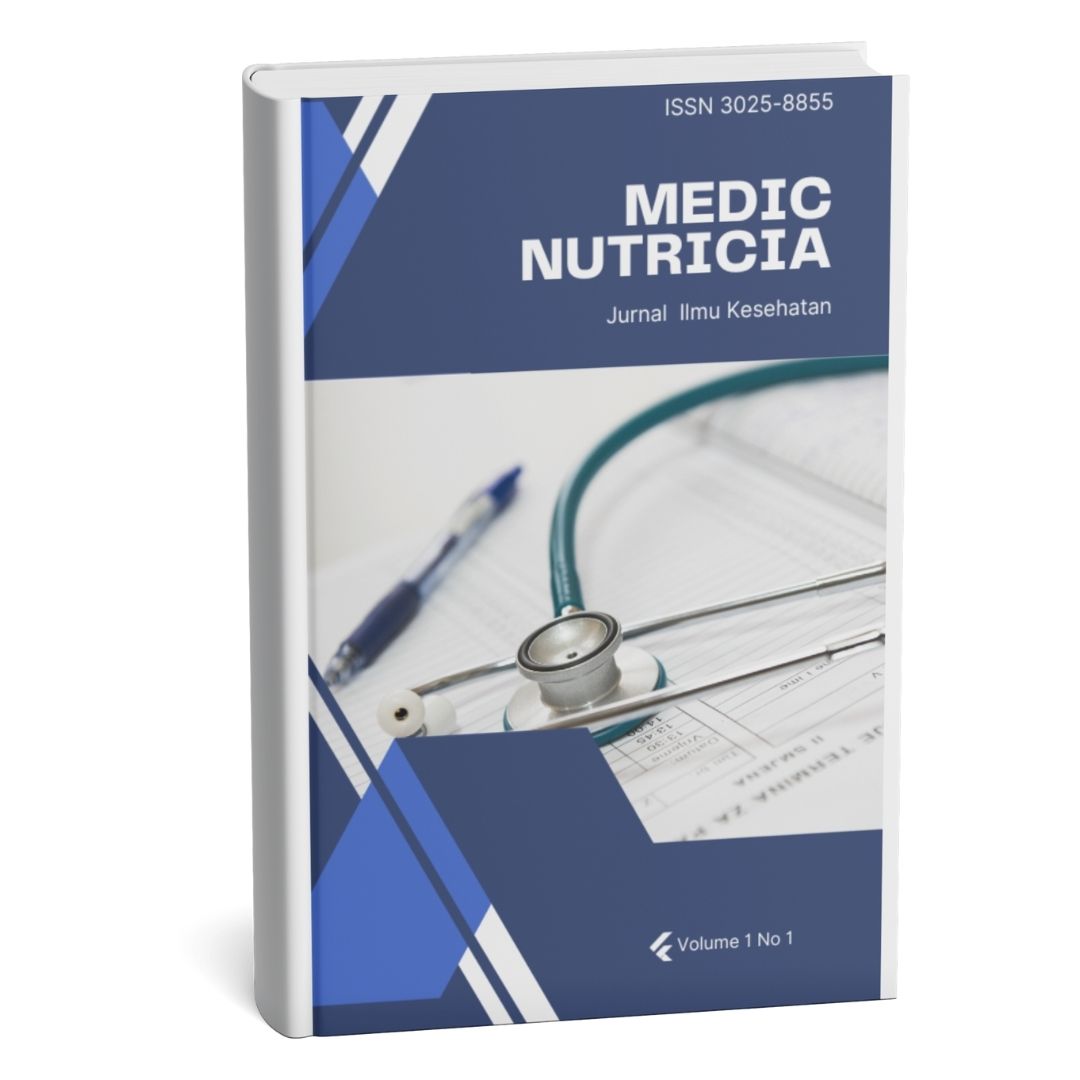STUDI PERBANDINGAN ABSORPSI DAN EKSKRESI ZAT BERACUN MELALUI INHALASI, ORAL, DAN DERMAL

Abstract
Exposure to toxic substances or xenobiotics can occur through three main routes of entry into the body, namely inhalation (through breathing), oral (through the digestive tract), and dermal (through the skin). Each route has its own characteristics in terms of the speed and efficiency of absorption, distribution in the body, and the excretion process. Factors that influence the effectiveness of absorption and excretion include the type of chemical, dose, frequency and duration of exposure, and individual susceptibility based on age, gender, health status, and genetic factors. This literature review was compiled based on 16 scientific reference sources published in the period 2020–2025, both in the form of national journals, textbooks, and other scientific articles. The results of the study show that the inhalation route is the fastest and most efficient route for absorbing toxic substances into the circulatory system, mainly due to the large surface area of the alveoli and the thinness of the lung walls. The dermal route is a common route of exposure in the agricultural sector, especially when there is direct contact with pesticides without adequate protection. Meanwhile, the oral route shows slower absorption due to the complex digestion process and physiological barriers in the gastrointestinal tract. Excretion of toxic substances is carried out by various organs such as the kidneys (urine), liver (bile and feces), lungs (gas), and skin (sweat). This study emphasizes the importance of understanding the exposure pathways and excretion mechanisms of toxic substances in supporting efforts to prevent toxicological risks, especially for industrial workers and vulnerable groups such as children, pregnant women, and the elderly.
Paparan terhadap zat beracun atau xenobiotik dapat terjadi melalui berbagai jalur masuk ke dalam tubuh, yaitu jalur inhalasi, oral, dan dermal. Masing-masing jalur memiliki karakteristik berbeda dalam proses absorpsi dan ekskresi yang dipengaruhi oleh berbagai faktor seperti jenis bahan, dosis, durasi paparan dan kerentanan individu. Studi ini bertujuan untuk membandingkan ketiga jalur utama paparan zat beracun berdasarkan hasil kajian literatur dari berbagai sumber ilmiah dengan rentang tahun 2020-2025. Hasil kajian menunjukkan bahwa jalur inhalasi merupakan jalur paling cepat dan signifikan dalam penyerapan zat ke dalam sistem peredaran darah, terutama karena luas permukaan alveoli dan tipisnya membran paru-paru. Jalur dermal banyak dijumpai dalam kasus paparan pestisida, terutama tanpa penggunaan alat pelindung diri, sedangkan jalur oral menunjukkan absorpsi yang lambat karena proses pencernaan dan hambatan gastrointestinal. Proses ekskresi zat beracun dalam tubuh melibatkan organ-organ seperti ginjal, hati, paru-paru, kulit, dan saluran pencernaan, dengan efisiensi yang bergantung pada sifat fisiokimia zat serta kondisi fisiologis individu. Kajian ini menegaskan pentingnya pemahaman jalur paparan dalam pengendalian risiko toksikologi dan perlindungan kesehatan masyarakat, terutama bagi para pekerja industri dan kelompok rentan seperti anak-anak dan ibu hamil.
Keywords
Exposure to toxic substances, inhalation, oral, dermal, absorption, excretion , Paparan zat beracun, inhalasi, oral, dermal, absorpsi, ekskresi